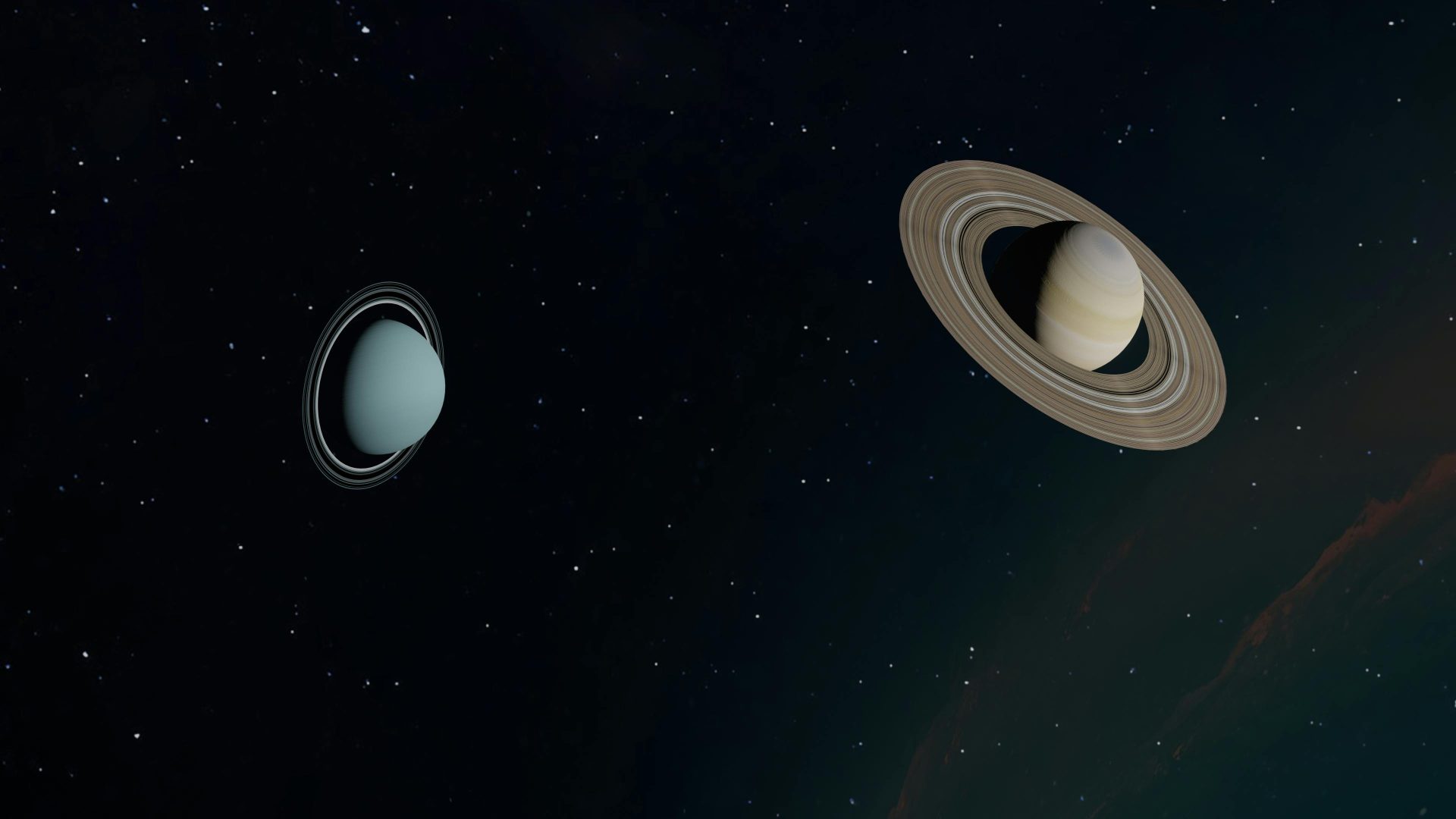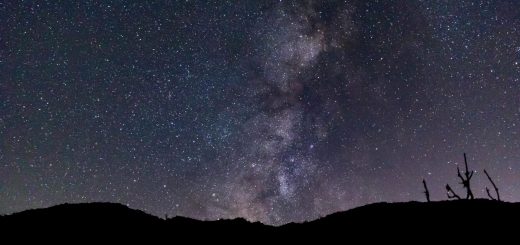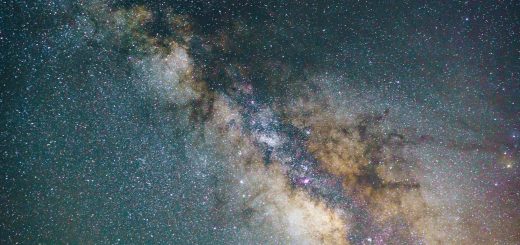Cao Dai Religious Art: Iconography and Symbolism

Before diving in, please note: This post is for informational purposes only. If you’d like to know more about how we approach topics, feel free to check out our friendly Disclaimer Page.
Hey there, amazing readers! 🖐️ Just a quick note: yes, we know there are a lot of ads here. Trust us, we get it—it’s not the prettiest look, but they help us keep this blog alive and kicking. Those pesky little ads cover the costs of all the behind-the-scenes magic, from hosting and tech stuff to creating content we hope you’ll love.
We’re committed to delivering quality posts, and your support (even just sticking around despite the ads) means everything to us. So, bear with us, and thanks for helping us keep the good vibes rolling. Now, on to the fun stuff! 😉
TRANSLATE BUTTON AT THE END OF THE ARTICLE
Introduction to Cao Dai Religion
Cao Dai is a relatively modern religion that originated in Vietnam in the early 20th century.
Combining elements of various world religions such as Buddhism, Taoism, Confucianism, Christianity, and Islam, Cao Dai seeks to create a universal faith that transcends cultural and religious boundaries.
The religion emphasizes the importance of peace, love, and understanding among all people, regardless of their beliefs.
Cao Dai followers believe in a supreme being known as the "Cao Dai" or "Highest Power," who governs the universe.
The religion also recognizes a pantheon of saints, prophets, and other divine entities that play a role in guiding humanity towards enlightenment.
Central to Cao Dai beliefs is the idea of karma and reincarnation, with followers striving to lead virtuous lives to attain spiritual growth and liberation from the cycle of birth and death.
Origins and Beliefs of Cao Dai
Cao Dai was founded in 1926 by Ngo Van Chieu, a civil servant who claimed to have received divine revelations from various spiritual beings.
These revelations formed the basis of the religion’s teachings, which emphasize the unity of all religions and the importance of moral conduct in achieving spiritual enlightenment.
The religion rapidly gained followers in Vietnam and has since spread to other countries around the world.
Central to Cao Dai beliefs is the concept of the "Three Teachings," which refers to the principles of Confucianism, Taoism, and Buddhism.
Followers of Cao Dai believe that these three traditions complement each other and provide a comprehensive framework for understanding the nature of the universe and the divine.
The religion also incorporates elements of Christianity and Islam, reflecting its inclusive and ecumenical approach to spirituality.
Importance of Religious Art
Religious art plays a central role in the practice of Cao Dai, serving as a means of expressing and transmitting the religion’s beliefs and values to its followers.
Cao Dai art encompasses a wide range of mediums, including paintings, sculptures, tapestries, and architectural elements.
These artworks often depict scenes from religious texts, symbolic representations of spiritual concepts, and images of divine beings and saints.
Cao Dai art is not only a form of creative expression but also a way of connecting with the divine and fostering spiritual growth.
Through the creation and contemplation of religious art, followers of Cao Dai are able to deepen their understanding of the religion’s teachings and forge a deeper connection with the divine realm.
Additionally, religious art serves as a visual reminder of the principles and values that are central to the practice of Cao Dai.
Iconography in Cao Dai Art
The iconography of Cao Dai art is rich in symbolism and meaning, with each image and symbol carrying layers of significance.
One of the most prominent symbols in Cao Dai art is the Divine Eye, which represents the all-seeing and all-knowing presence of the Cao Dai.
The Divine Eye is often depicted in the center of a radiant sun, symbolizing the divine light that illuminates the path to enlightenment.
Another common motif in Cao Dai art is the image of the Holy See, a spiritual realm where the Cao Dai and other divine beings reside.
The Holy See is often depicted as a grand palace adorned with intricate architectural details and surrounded by lush gardens, symbolizing the beauty and perfection of the divine realm.
Other symbols commonly found in Cao Dai art include lotus flowers, dragons, and celestial beings, each with its own symbolic significance.
Symbolism of Cao Dai Art
The symbolism in Cao Dai art is deeply rooted in the religious beliefs and teachings of the faith, serving as a visual representation of the core tenets of the religion.
For example, the lotus flower, a common motif in Cao Dai art, symbolizes purity, enlightenment, and spiritual rebirth.
The dragon, another prevalent symbol, represents power, strength, and protection in Cao Dai iconography.
Colors also play a significant role in the symbolism of Cao Dai art, with each hue carrying its own symbolic meaning.
White, for example, symbolizes purity and divinity, while yellow represents knowledge and wisdom.
Blue is associated with peace and harmony, while red symbolizes passion and vitality.
By incorporating these colors into their artwork, Cao Dai artists are able to convey deeper layers of meaning and significance to their audience.
Use of Colors in Cao Dai Art
The use of colors in Cao Dai art is not merely decorative but serves a deeper purpose in conveying spiritual truths and teachings.
Each color in Cao Dai art is carefully chosen to evoke specific emotions and associations that align with the religion’s beliefs and values.
For example, the color white is often used to represent the purity and transcendence of the divine realm, while blue conveys a sense of peace and tranquility.
In addition to their symbolic meanings, colors in Cao Dai art are also used to create visual harmony and balance within the artwork.
By carefully selecting and blending different hues, Cao Dai artists are able to create compositions that are aesthetically pleasing and spiritually resonant.
The use of color in Cao Dai art is a testament to the meticulous attention to detail and artistic skill of its practitioners.
Depiction of Deities in Art
The depiction of deities and divine beings is a common theme in Cao Dai art, showcasing the rich and diverse pantheon of spiritual entities that play a role in the religion’s cosmology.
From the Cao Dai, the supreme being, to various saints, prophets, and guardian spirits, Cao Dai art features a wide array of divine figures that embody different aspects of the divine realm.
These depictions serve to inspire reverence and devotion among followers and provide a tangible connection to the spiritual world.
Cao Dai artists often portray deities in a stylized and symbolic manner, using artistic conventions and visual cues to convey their divine nature and attributes.
For example, the Cao Dai may be depicted with multiple arms or heads, symbolizing his omnipotence and omniscience.
Saints and prophets are often shown wearing elaborate robes and carrying symbolic objects that represent their role in guiding and protecting humanity.
Sacred Symbols in Cao Dai Art
Sacred symbols are a central feature of Cao Dai art, imbuing the artwork with layers of meaning and significance that resonate with the religion’s followers.
One of the most important symbols in Cao Dai art is the Divine Eye, which represents the all-seeing and all-knowing presence of the Cao Dai.
The Divine Eye is often depicted within a radiant sun, symbolizing the divine light that illuminates the path to spiritual enlightenment.
Lotus flowers are another sacred symbol in Cao Dai art, symbolizing purity, beauty, and spiritual rebirth.
The lotus is often depicted in various stages of blooming, representing the journey of the soul towards enlightenment and liberation.
Dragons, with their association with power, strength, and protection, are also common symbols in Cao Dai art, serving as guardians of the divine realm and guides for the faithful.
Influence of Taoism and Buddhism
Taoism and Buddhism have had a profound influence on the development of Cao Dai art, shaping its iconography, symbolism, and artistic conventions.
Both traditions provide a rich source of inspiration for Cao Dai artists, who draw upon the teachings and imagery of Taoist and Buddhist scriptures to create spiritually resonant artwork.
The emphasis on harmony, balance, and enlightenment in Taoism and Buddhism is reflected in the aesthetic principles of Cao Dai art.
Taoist and Buddhist deities and symbols are often incorporated into Cao Dai art, blending seamlessly with the religion’s own pantheon of divine beings.
The concept of karma, reincarnation, and spiritual liberation, central to both Taoism and Buddhism, also finds expression in Cao Dai art, as artists seek to convey the cyclical nature of existence and the pursuit of enlightenment.
The influence of Taoism and Buddhism on Cao Dai art underscores the syncretic nature of the religion and its commitment to incorporating diverse spiritual traditions.
Evolution of Cao Dai Art
Cao Dai art has evolved over time, reflecting changes in religious practices, artistic styles, and cultural influences.
In its early stages, Cao Dai art was characterized by a fusion of traditional Vietnamese artistic techniques with eclectic religious symbolism drawn from various world religions.
As the religion matured and gained a larger following, Cao Dai art became more sophisticated and diverse, incorporating a wider range of artistic mediums and styles.
The advent of modern technology and globalization has also had an impact on the evolution of Cao Dai art, with artists incorporating digital tools and techniques into their practice.
Contemporary Cao Dai art continues to draw inspiration from traditional religious iconography while exploring new themes and concepts that reflect the changing cultural landscape.
The evolution of Cao Dai art is a testament to the adaptability and creativity of its practitioners, who continue to push the boundaries of artistic expression within the context of their faith.
Contemporary Cao Dai Art
Contemporary Cao Dai art encompasses a wide range of styles and mediums, reflecting the diverse influences and cultural contexts in which the religion is practiced today.
While traditional forms of Cao Dai art, such as paintings and sculptures, remain popular among followers, contemporary artists are also exploring new avenues of artistic expression, including performance art, installation art, and multimedia works.
One of the defining features of contemporary Cao Dai art is its innovative approach to traditional religious themes and symbols.
Artists are reinterpreting classic motifs and iconography in fresh and unexpected ways, challenging conventional interpretations and inviting viewers to engage with the artwork on a deeper level.
Through their creativity and experimentation, contemporary Cao Dai artists are keeping the tradition of religious art alive and vibrant, ensuring that it remains relevant and meaningful in the modern world.
Preservation of Cao Dai Artistic Traditions
The preservation of Cao Dai artistic traditions is essential to ensuring the continuity and vitality of the religion’s cultural heritage.
Cao Dai art embodies the spiritual beliefs and values of the faith, serving as a visual representation of its teachings and principles.
By safeguarding and promoting traditional forms of Cao Dai art, followers are able to maintain a connection to their religious heritage and pass down their artistic traditions to future generations.
Efforts to preserve Cao Dai artistic traditions include the establishment of art schools, workshops, and cultural institutions that promote the study and practice of traditional religious art forms.
These initiatives provide artists with the resources and support they need to hone their skills and develop their artistic practice within the context of their faith.
By investing in the preservation of Cao Dai artistic traditions, followers are able to ensure that their cultural heritage remains vibrant and relevant in an ever-changing world.
Conclusion
In conclusion, Cao Dai art is a rich and vibrant expression of the religion’s beliefs and values, incorporating a diverse range of symbols, motifs, and artistic conventions.
Through its iconography, symbolism, and use of color, Cao Dai art serves as a visual representation of the core tenets of the faith, inspiring devotion and spiritual growth among its followers.
The influence of Taoism and Buddhism on Cao Dai art underscores the syncretic nature of the religion, while the evolution of contemporary Cao Dai art reflects the adaptability and creativity of its practitioners.
By preserving and promoting Cao Dai artistic traditions, followers are able to ensure that their cultural heritage remains alive and meaningful for generations to come.

The Enlightenment Journey is a remarkable collection of writings authored by a distinguished group of experts in the fields of spirituality, new age, and esoteric knowledge.
This anthology features a diverse assembly of well-experienced authors who bring their profound insights and credible perspectives to the forefront.
Each contributor possesses a wealth of knowledge and wisdom, making them authorities in their respective domains.
Together, they offer readers a transformative journey into the realms of spiritual growth, self-discovery, and esoteric enlightenment.
The Enlightenment Journey is a testament to the collective expertise of these luminaries, providing readers with a rich tapestry of ideas and information to illuminate their spiritual path.
Our Diverse Expertise 🌟
While our primary focus is on spirituality and esotericism, we are equally passionate about exploring a wide range of other topics and niches 🌍📚. Our experienced team is dedicated to delivering high-quality, informative content across various subjects ✨.
To ensure we provide the most accurate and valuable insights, we collaborate with trusted experts in their respective domains 🧑🏫👩🏫. This allows us to offer well-rounded perspectives and knowledge to our readers.
Our blog originally focused on spirituality and metaphysics, but we’ve since expanded to cover a wide range of niches. Don’t worry—we continue to publish a lot of articles on spirituality! Frequently visit our blog to explore our diverse content and stay tuned for more insightful reads.





